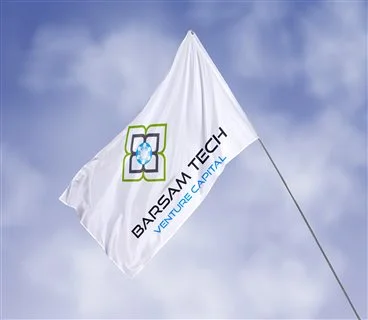Introduction
A business plan is a key tool for convincing investors, lenders, and business partners to gain their trust for participating in or financing your business. It provides this audience with insights into the position of your business or idea, how it creates value, and its current financial status.
As venture capital investors (VCs), we consider a comprehensive business plan to include the following elements:
- Company History and Registration Information
- Team and Company Members
- Product and Technology
- Market Status of the Product
- Activities and Company Status
- Financial Projections of the Plan
- Expectations from the Investor
Company History and Registration Information
This section provides an explanation of how and why the company was formed, its goals and visions, the type of shares, the legal structure of the company, the founders and their contributions, current and previous shareholders, as well as their share percentages, and the company's status as a knowledge-based entity.
Details such as the status of debts, financial commitments, and financial statements (if available) are also included in this section.
Team and Company Members
This section includes an introduction to the leadership team, technology team, executive team, etc., along with the backgrounds and resumes of the members, organizational structure, and arrangement of individuals.
Product and Technology
In this part of the business plan, explanations should first be provided about the technology of the product/service and the technical aspects related to the business. Then, information about the growth trajectory of the product's technology and its production, the technology readiness level (TRL), the product's growth stage in its lifecycle, etc., should be included.
Aspects such as the current status of the product in the world (e.g., at the beginning of technology, on the technology frontier, needing changes to create a competitive advantage for product survival, or becoming obsolete), technologies used globally to produce this product, etc., are also included in this section.
Market Status of the Product
This section includes details about the global and domestic markets for the product, the status of exports and imports of the product or similar products that may render the target product unnecessary, and substitute products. It should analyze foreign competitors and then domestic competitors, as well as the competitive advantages of their products compared to each other, the market readiness level (MRL) that determines the product's position in the market, and the identification and assessment of potential customers for the product.
Activities and Company Status
The activities and status of the company include various aspects such as marketing, R&D plans, market outputs, current talent, company assets, current budget, financial projections of the plan, timeline estimates for implementation, etc.
Financial Projections of the Plan
Financial projections of the plan refer to forecasting revenues, expenses, and cash flows over a specified time period of your business activities in the future. Aspects such as production and sales plans, how the received capital will be spent, and other variables like inflation rate and number of employees are considered in this section.
Expectations from the Investor
In this section, the company is obliged to clarify its expectations from investors, the amount of funding needed to start, develop, or complete its product or service processes, and the percentage of equity it is willing to offer in return for these contributions or to define its proposed partnership model. This ensures that negotiations with the investor yield the best possible outcome in the shortest time.
.png)



